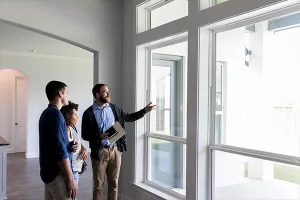As you learn more and more about what Placemaking is and how it can enliven your community, you may be eager to start a project, but are still not sure where--or how--to find or select a space to transform.
Placemaking is not a project for individuals to conduct by themselves. Think of it as a community group project, where a group of interested and vested residents and stakeholders get together to think about the spots most needing improvement.
Certainly one way of picking a space is to think of a spot that everyone in the community agrees is a real eye-sore, or at least needs some TLC. Can you think of such a space, or spaces, in your community? I know you can.
Alternatively, think about the vacant, unmaintained or underutilized spaces in your neighborhood, such as lots, plazas, parks, or waterfronts. Vacant lots are often the worst, but they’re also ideal spaces to activate. These lots are full of possibilities, since they’re essentially blank slates on which to design your project!
Open spaces, such as parks and plazas, and walkways are another type of space to target. Many of these spaces may have become neglected over time and turned into areas for crime or other illicit activities to take place.
A surprising space that could become a better place is a bus stop. Many bus stops in urban communities deter people from taking the bus as they are run-down and perceived as unsafe. But what if you not only turned a bus stop into a comfortable spot to wait for a bus, but also into a place to encourage residents to sit and relax as they stroll down the street?

Are there any waterfronts in your community? Reclaiming public space along water such as a shoreline, canal, lake or stream could be a high priority in a community. “If green open space is good, waterfront open space is gold,” notes James P. Batchelor of Arrowstreet. But you’ll need to put additional planning and thought into these spaces to manage the risk of rising waters and storm surges.
As your community gets more involved in Placemaking, you can use maps to determine the best and worst spots for a Placemaking activity. Taking a walk around these spaces will help identify the challenges, such as underutilized space or a lack of green space. Your group will also want to see what may be needed or what it would take to create a “sense of place,” such as seating, shade, and safe access. You can then determine as a group what space you want to tackle first based on the challenges and resources available.
Lastly, don’t forget to think about the importance of selecting a space that is accessible to the community. One that can be reached by bike, foot, bus and transit -- in addition to a car. One that is available at all times and to everyone. Remember: even if you build it, they may not come if they can’t get there.
So, have you thought of any spaces in your neighborhood that you would like to tackle first?









